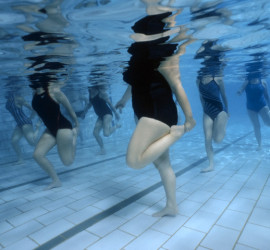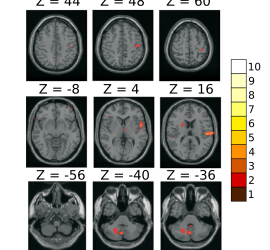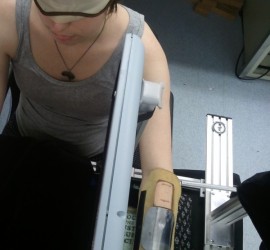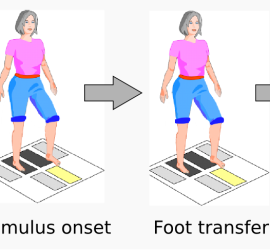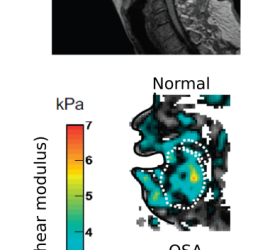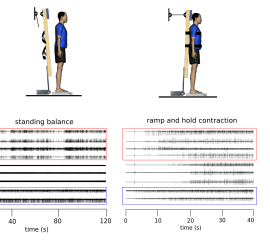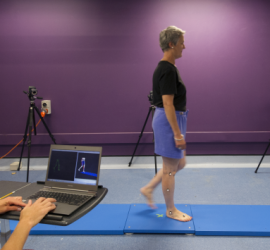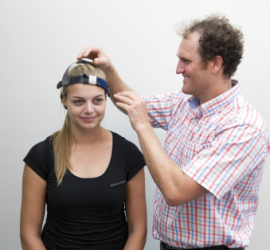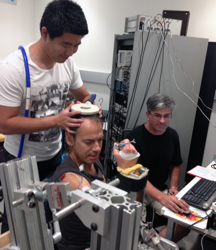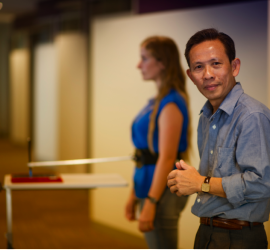Whether you are a fish or a land lover, exercise is beneficial for musculoskeletal motor impairments
Musculoskeletal conditions such as osteoarthritis, lower back pain and fibromyalgia are the most common causes for utilizing healthcare resources, and are amongst the world’s leading causes of chronic pain, disability and reduced health-related quality of life (Escorpizo et al, 2009). These conditions also account for approximately 7% of total disability […]

